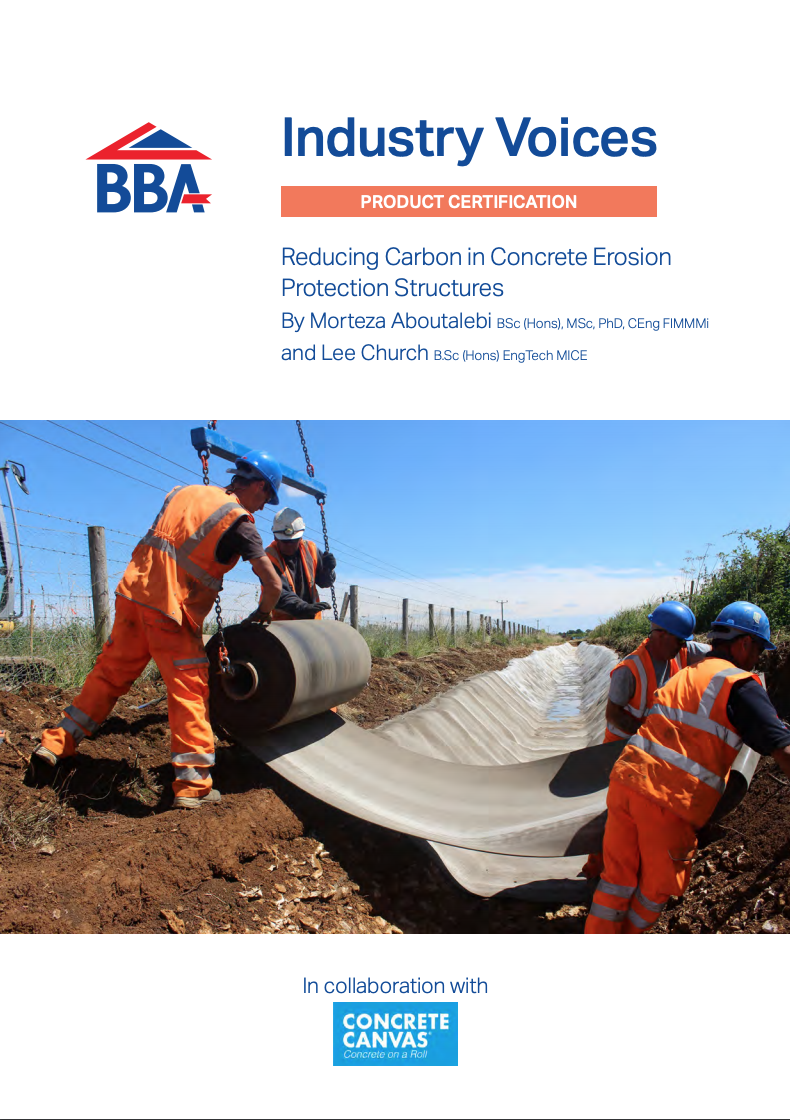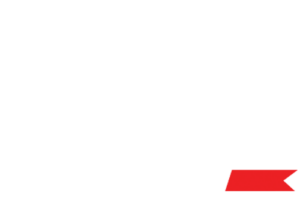Our recent webinar on the Building Safety Act with panellists Jon Vanstone and Richard Waterhouse proved incredibly popular and raised many questions from our audience. Here, our panellists provide their responses:
Where do product suppliers fit in with this new process?
A new National Regulator for Construction Products was created in 2022 as part of the Building Safety Act. It will have powers of surveillance and enforcement within the sector. Construction product manufacturers have a key role to play in providing information which is honest and unambiguous and enables designers to make informed choices. The NRCP will have the authority to commission its own independent testing and even remove products from the market if there is any doubt over safety.
Will there be different rules for suppliers of building safety products and general building products?
The Building Safety Act refers to “safety critical products”. The specific products will be covered by secondary legislation which is currently in development.
ADB states that an outerwall system should be class A2 which consists of cladding,membranes and thermal blocks yet the membrane is “exempt” from being class A2 when class A2 ,s1,d0 membranes are available. When will ADB part 4 be changed to reflect this change needed?
Approved Document B (ADB) is currently subject to a long-term technical review. It is anticipated that this will be completed in early 2025.
Should cultural change not only consist of competence, but compliance to standards with independent product testing?
Cultural change is required across the whole construction industry and should be considered throughout an organisation, the individuals within and its functions.
What about builders merchants that supply construction products from various suppliers, will there be additional tasks for merchants?
Builders’ Merchants are part of the construction supply chain and, as such, are responsible for ensuring correct and accurate information is available for the products they sell. They should also be mindful that if they are recommending a substitute product, they are assuming the role of “Designer” in the construction process along with the accountability that goes with it.
Do we know what the safety critical products are?
The secondary legislation which will define the “safety critical” products is still in development (as of April 2023).
If a merchant says a product is suitable for a customer’s requirements, ie specifying that product, do they become a ‘designer’?
Yes, as above – once you are advising upon a product you are taking a Designer role in the process.
The question of design responsibility regularly arises and needs tighter definition. Whereas suppliers will often provide an input to a design, should it not unequivocally be the client’s consultant (who charges for design) who should assume design responsibility? This would introduce clarity to a currently grey area.
The definition of what is a Designer within a construction project is clearly defined in CDM regulations. Whilst their roles and responsibilities will change as a result of the Building Safety Act, the definition does not.
What does the certification stamp look like from the product regulation ie a product that has already been reviewed and accepted by the regulator. What do we look for?
This is still to be determined.
During value engineering of products, the lead contact at construction stage usually defaults to the graduate, who not only requires assistance to understand the product standards but also is task with meeting their own company targets. How does legislation manage competency at this very rapid stage?
It is the responsibility of the Principal Contractor to appoint and evidence competent actors who undertake the work on their behalf.
Will it still be permissible to have product test evidence, with sentences like “Not disclosed by client”. How can sentences like this provide clarity concerning evidence/constituents of the product? This could allow substitution.
Whilst we agree with this, we are unaware of a clear position on it currently.
Will compliance with the Building Safety Act force suppliers to become more data driven, and drive them to leverage AI capabilities in terms of chain of custody?
The Golden Thread Policy, part of the Building Safety Act, clearly states that information will use digital tools and systems. This should certainly encourage further innovation across the sector with regards how information is stored and shared.
What is the impact for a small construction business focused on agricultural and industrial buildings of the new Building Safety Act?
The Building Safety Act applies to all buildings and building work. However, the most significant changes will be to buildings classified as “higher risk”.
With the push to get products and systems certified, how are the relevant certification bodies going to deal with the increasing demands?
From a BBA point of view, we are currently undergoing a period of significant change within our operations which is improving capacity and efficiencies.
How do product manufactures prove competency for products that dont have a British design standard/auditor? We complete comprehensive “in-house” training for our qualified structural engineers. Is internal training sufficent proof of competence or does that sound like “marking your own homework”?
It is the responsibility of the Designer to ensure the information is obtained from the relevant product manufacturer. Regarding internal training; the assumption is that there will need to be third party assurance.
The building regulations for fire when it comes to roofing are very ambiguous, is there any function with in the regulators or otherwise to simply present them with a product or product range and for them to tell you what the requirements are? this is especially relevant for ancillary roofing products (such as roof vents) for which there is no information within the building regulations.
The building regulations are based on performance and not specific technologies. This allows alternative approaches to be used providing compliance to standards can be demonstrated.
Some of the exemption products in the report are integral to the build, for example membranes and vapour barriers, will these be brought into the legislation?
We are unaware of any such plans currently.
Dutyholders are those commissioning work or those undertaking work. Therefore manufacturers who offer design based solutions become a dutyholder?
Yes, they will be considered to be Designers, however, the Principal Designer is ultimately responsible.
Will the testing of products be subject to strict and clearly defined regulations?
Testing and certification is already covered by legislation as appears in Approved Document 7 of the existing Building Regulations. It is also covered by BS EN ISO/IEC 17025.
When is the list of safety critical construction products expected to be published?
Whilst we do not have a confirmed date for this, the assumption is that it will be before CE marking becomes invalid in 2025.
Will the BBA, when assessing products in relation to being “fit for purpose” be taking into account the ease of install / how complicated the install is (and therein the potential for errors) which in turn could form a rating of fit for purpose, like we have in for instance a fridge – all fridges on the market are fit for purpose, but some are “A” rated (because of energy efficiency) so in essence – Will the BBA be assessing products and then rating them in relation to being easy to install , therefore creating less problems and therefore ensuring a higher level of competency in the products use on site – where the majority of problems occur, and policing is at its most difficult?
The BBA assesses practicality of installation as a part of its certification process. Most importantly, clarity and suffciency of instructions must be provided in the manufacturer’s literature. For products that are most sensitive to installation method, certification is granted only if appropriate controls are in place, for instance there is a manufacturer’s competency scheme in place which assures installation quality; BBA assures the rigour of these schemes.
Share This Story, Choose Your Platform!
Related News
Our recent webinar on the Building Safety Act with panellists Jon Vanstone and Richard Waterhouse proved incredibly popular and raised many questions from our audience. Here, our panellists provide their responses:
Where do product suppliers fit in with this new process?
A new National Regulator for Construction Products was created in 2022 as part of the Building Safety Act. It will have powers of surveillance and enforcement within the sector. Construction product manufacturers have a key role to play in providing information which is honest and unambiguous and enables designers to make informed choices. The NRCP will have the authority to commission its own independent testing and even remove products from the market if there is any doubt over safety.
Will there be different rules for suppliers of building safety products and general building products?
The Building Safety Act refers to “safety critical products”. The specific products will be covered by secondary legislation which is currently in development.
ADB states that an outerwall system should be class A2 which consists of cladding,membranes and thermal blocks yet the membrane is “exempt” from being class A2 when class A2 ,s1,d0 membranes are available. When will ADB part 4 be changed to reflect this change needed?
Approved Document B (ADB) is currently subject to a long-term technical review. It is anticipated that this will be completed in early 2025.
Should cultural change not only consist of competence, but compliance to standards with independent product testing?
Cultural change is required across the whole construction industry and should be considered throughout an organisation, the individuals within and its functions.
What about builders merchants that supply construction products from various suppliers, will there be additional tasks for merchants?
Builders’ Merchants are part of the construction supply chain and, as such, are responsible for ensuring correct and accurate information is available for the products they sell. They should also be mindful that if they are recommending a substitute product, they are assuming the role of “Designer” in the construction process along with the accountability that goes with it.
Do we know what the safety critical products are?
The secondary legislation which will define the “safety critical” products is still in development (as of April 2023).
If a merchant says a product is suitable for a customer’s requirements, ie specifying that product, do they become a ‘designer’?
Yes, as above – once you are advising upon a product you are taking a Designer role in the process.
The question of design responsibility regularly arises and needs tighter definition. Whereas suppliers will often provide an input to a design, should it not unequivocally be the client’s consultant (who charges for design) who should assume design responsibility? This would introduce clarity to a currently grey area.
The definition of what is a Designer within a construction project is clearly defined in CDM regulations. Whilst their roles and responsibilities will change as a result of the Building Safety Act, the definition does not.
What does the certification stamp look like from the product regulation ie a product that has already been reviewed and accepted by the regulator. What do we look for?
This is still to be determined.
During value engineering of products, the lead contact at construction stage usually defaults to the graduate, who not only requires assistance to understand the product standards but also is task with meeting their own company targets. How does legislation manage competency at this very rapid stage?
It is the responsibility of the Principal Contractor to appoint and evidence competent actors who undertake the work on their behalf.
Will it still be permissible to have product test evidence, with sentences like “Not disclosed by client”. How can sentences like this provide clarity concerning evidence/constituents of the product? This could allow substitution.
Whilst we agree with this, we are unaware of a clear position on it currently.
Will compliance with the Building Safety Act force suppliers to become more data driven, and drive them to leverage AI capabilities in terms of chain of custody?
The Golden Thread Policy, part of the Building Safety Act, clearly states that information will use digital tools and systems. This should certainly encourage further innovation across the sector with regards how information is stored and shared.
What is the impact for a small construction business focused on agricultural and industrial buildings of the new Building Safety Act?
The Building Safety Act applies to all buildings and building work. However, the most significant changes will be to buildings classified as “higher risk”.
With the push to get products and systems certified, how are the relevant certification bodies going to deal with the increasing demands?
From a BBA point of view, we are currently undergoing a period of significant change within our operations which is improving capacity and efficiencies.
How do product manufactures prove competency for products that dont have a British design standard/auditor? We complete comprehensive “in-house” training for our qualified structural engineers. Is internal training sufficent proof of competence or does that sound like “marking your own homework”?
It is the responsibility of the Designer to ensure the information is obtained from the relevant product manufacturer. Regarding internal training; the assumption is that there will need to be third party assurance.
The building regulations for fire when it comes to roofing are very ambiguous, is there any function with in the regulators or otherwise to simply present them with a product or product range and for them to tell you what the requirements are? this is especially relevant for ancillary roofing products (such as roof vents) for which there is no information within the building regulations.
The building regulations are based on performance and not specific technologies. This allows alternative approaches to be used providing compliance to standards can be demonstrated.
Some of the exemption products in the report are integral to the build, for example membranes and vapour barriers, will these be brought into the legislation?
We are unaware of any such plans currently.
Dutyholders are those commissioning work or those undertaking work. Therefore manufacturers who offer design based solutions become a dutyholder?
Yes, they will be considered to be Designers, however, the Principal Designer is ultimately responsible.
Will the testing of products be subject to strict and clearly defined regulations?
Testing and certification is already covered by legislation as appears in Approved Document 7 of the existing Building Regulations. It is also covered by BS EN ISO/IEC 17025.
When is the list of safety critical construction products expected to be published?
Whilst we do not have a confirmed date for this, the assumption is that it will be before CE marking becomes invalid in 2025.
Will the BBA, when assessing products in relation to being “fit for purpose” be taking into account the ease of install / how complicated the install is (and therein the potential for errors) which in turn could form a rating of fit for purpose, like we have in for instance a fridge – all fridges on the market are fit for purpose, but some are “A” rated (because of energy efficiency) so in essence – Will the BBA be assessing products and then rating them in relation to being easy to install , therefore creating less problems and therefore ensuring a higher level of competency in the products use on site – where the majority of problems occur, and policing is at its most difficult?
The BBA assesses practicality of installation as a part of its certification process. Most importantly, clarity and suffciency of instructions must be provided in the manufacturer’s literature. For products that are most sensitive to installation method, certification is granted only if appropriate controls are in place, for instance there is a manufacturer’s competency scheme in place which assures installation quality; BBA assures the rigour of these schemes.
Share This Story, Choose Your Platform!
Related News
Get in touch
Please complete the form below and we will contact you as soon as possible.
To help us to respond to your inquiry as quickly as possible, we have put a handy list of our services below.


